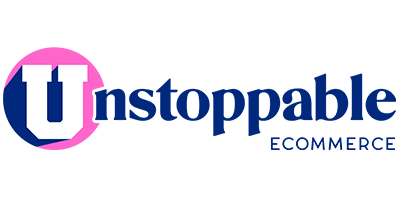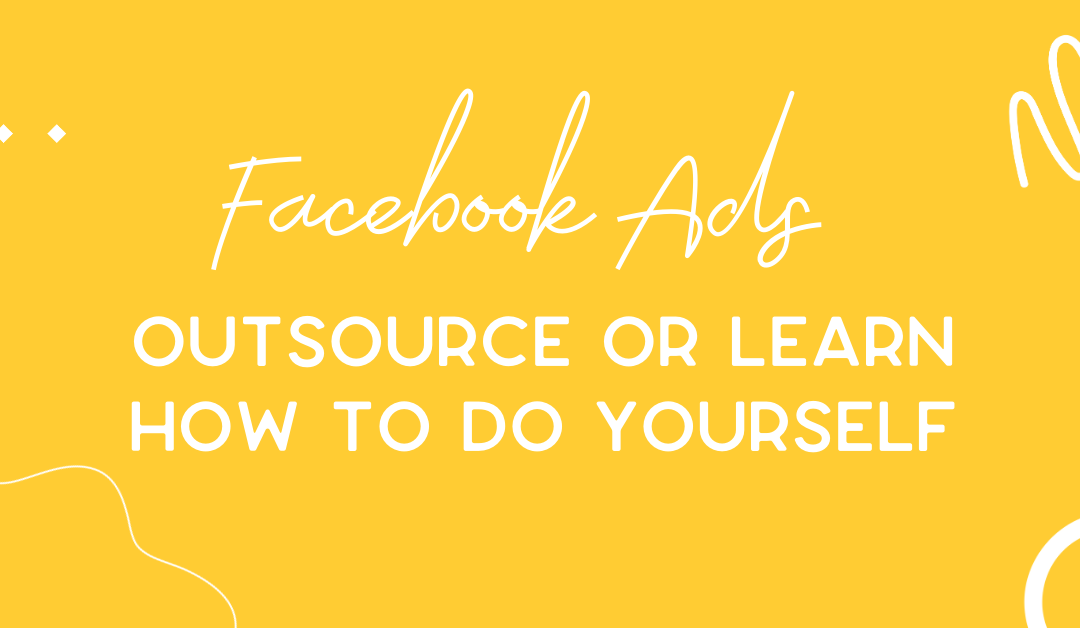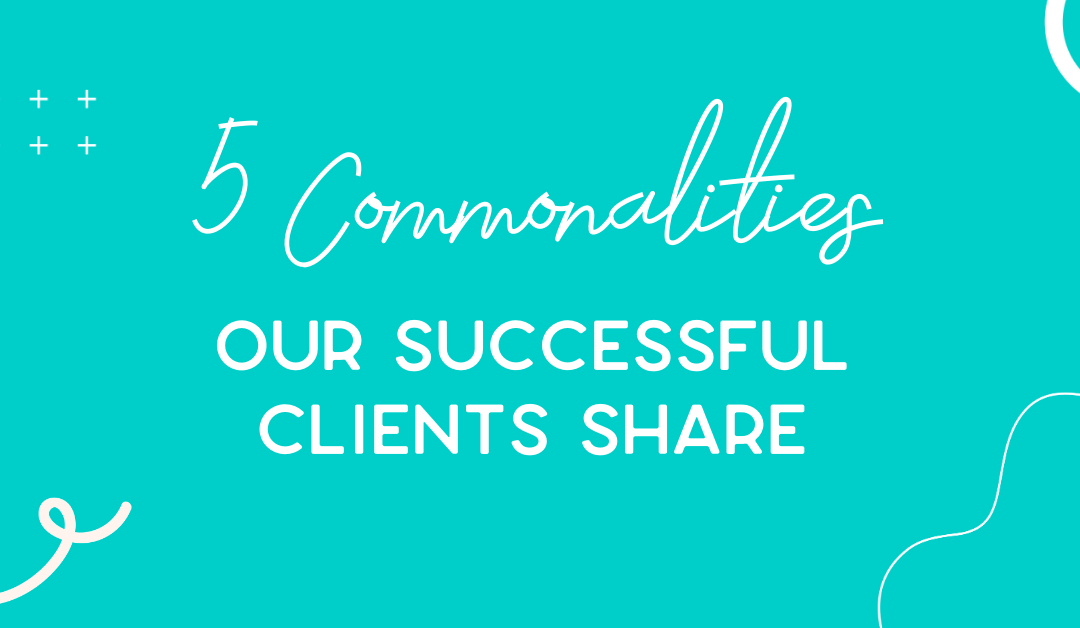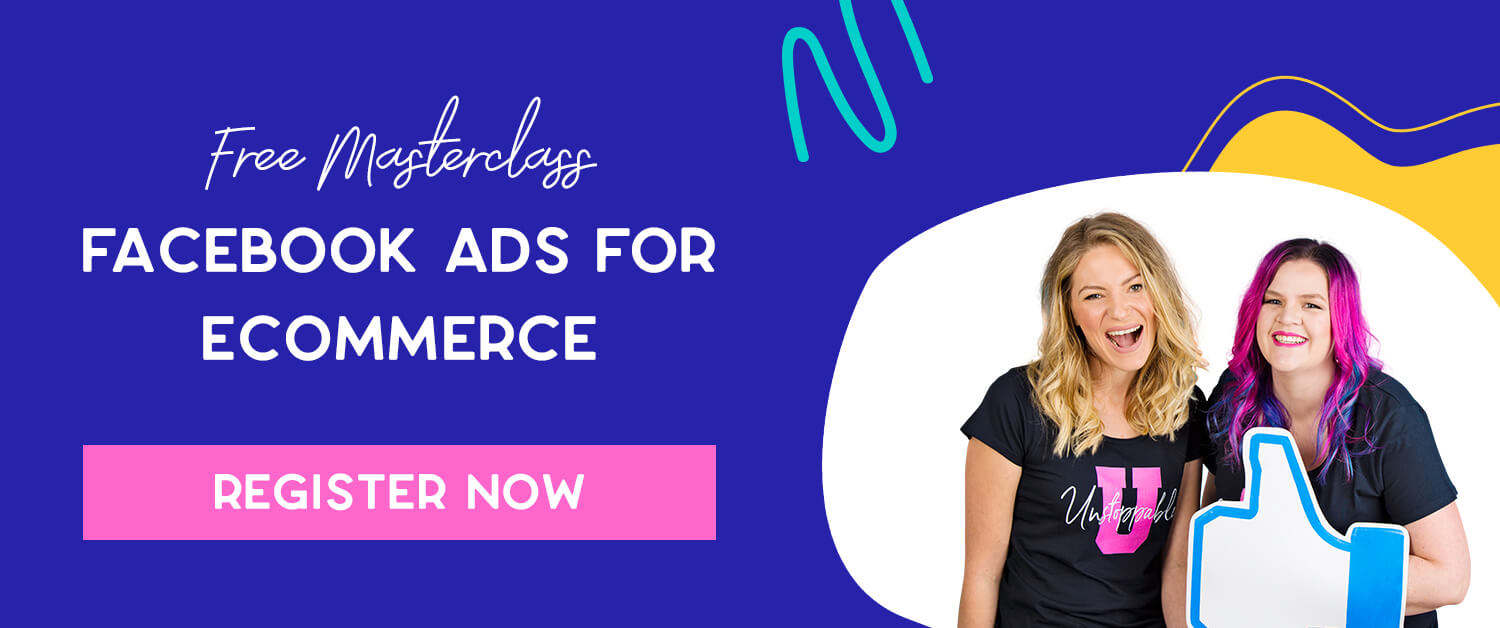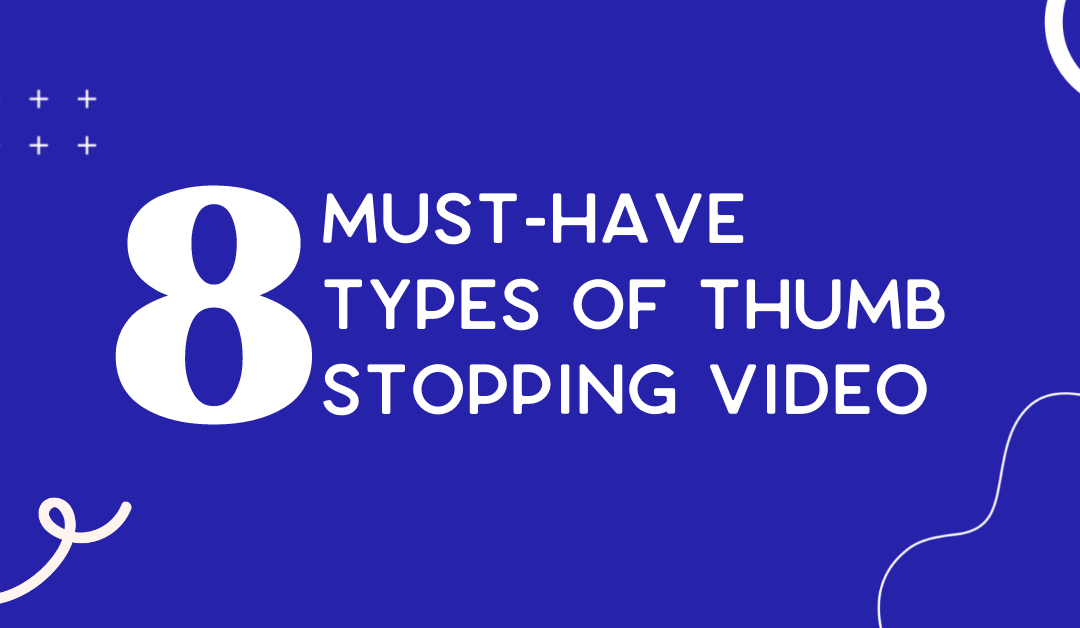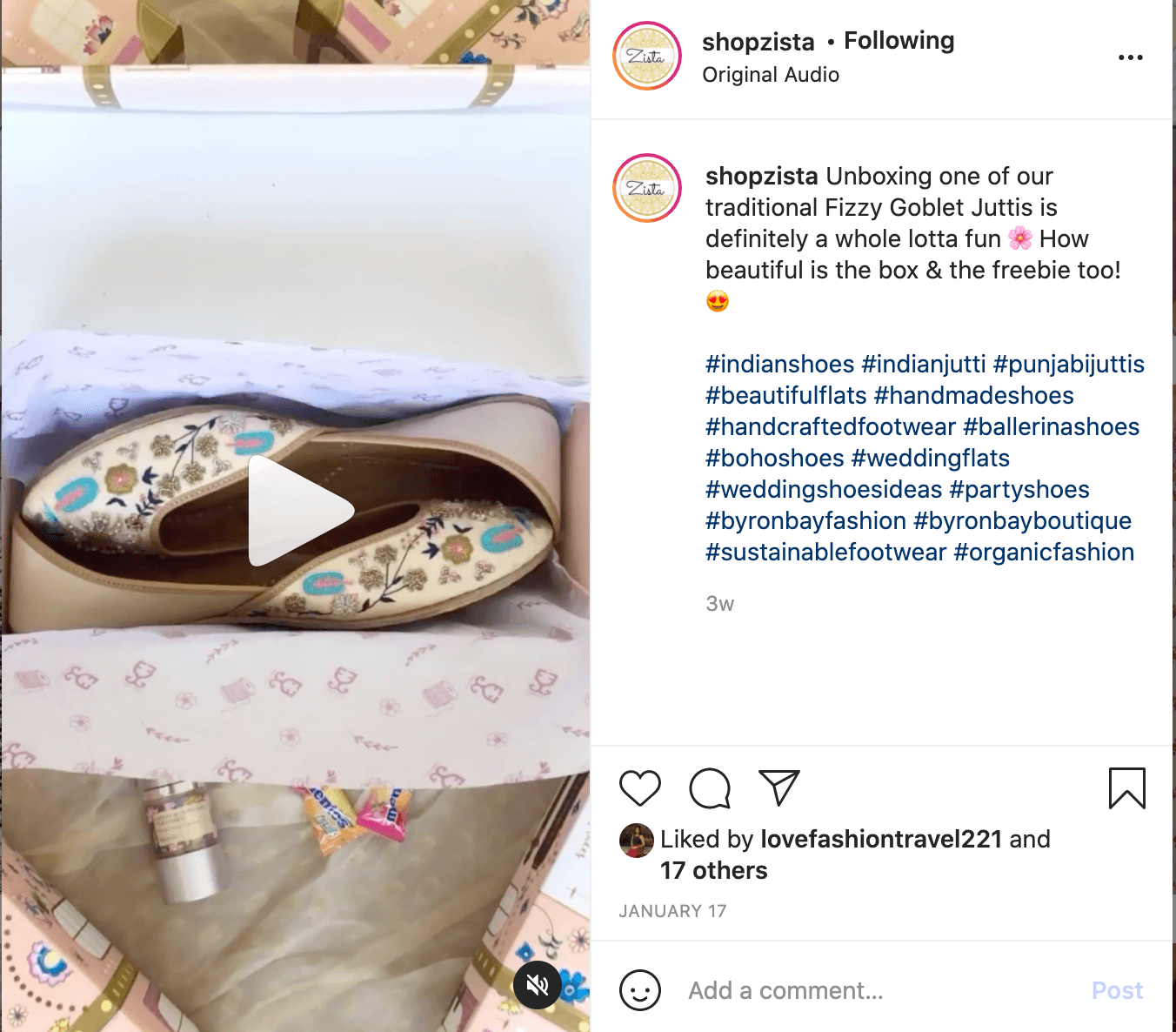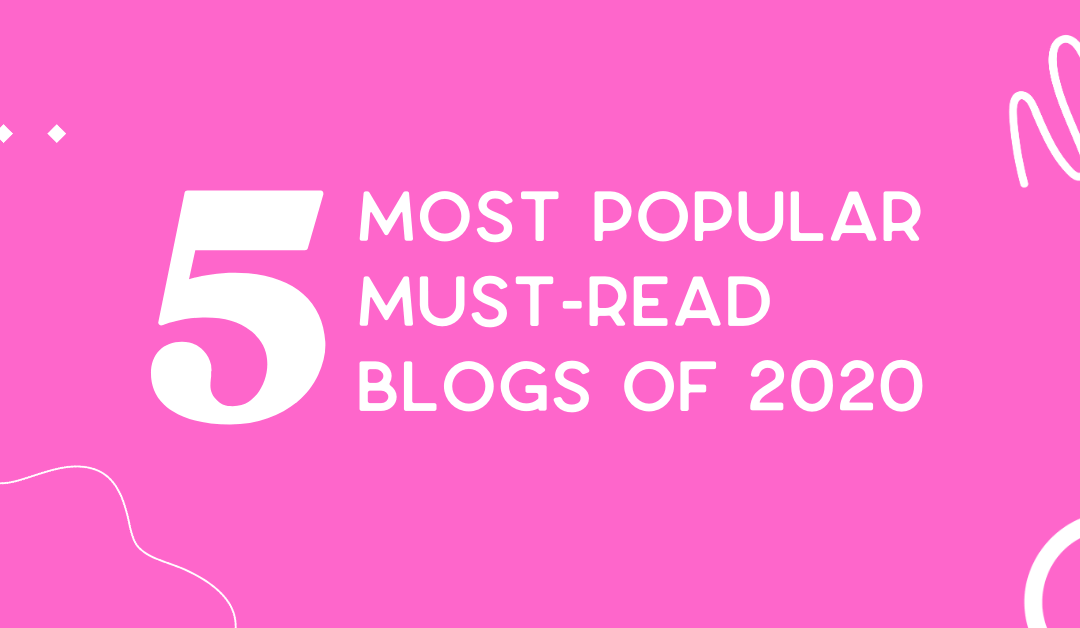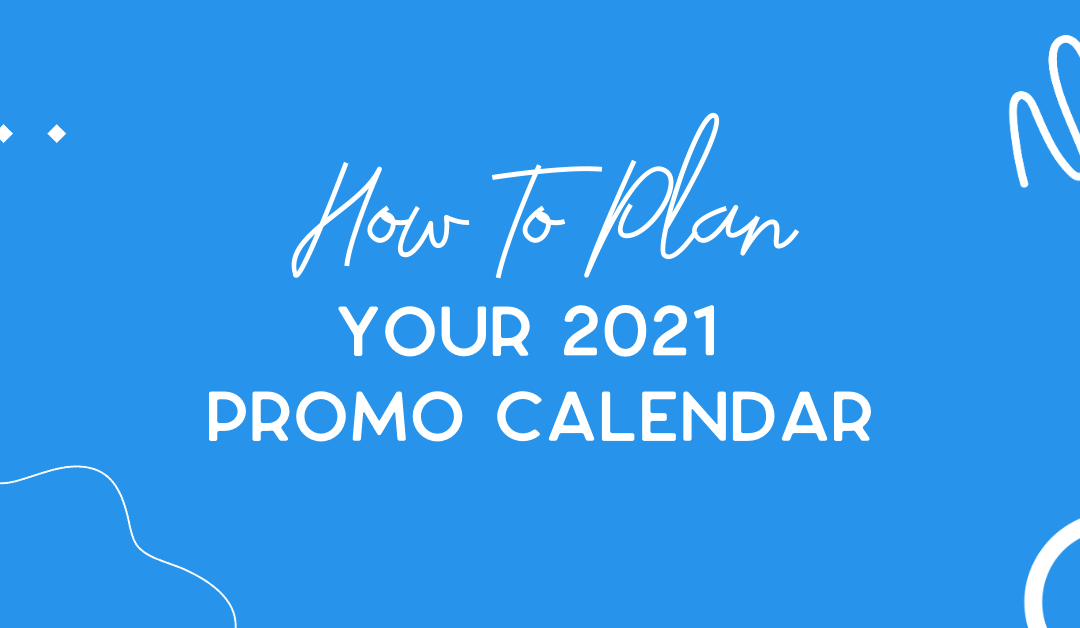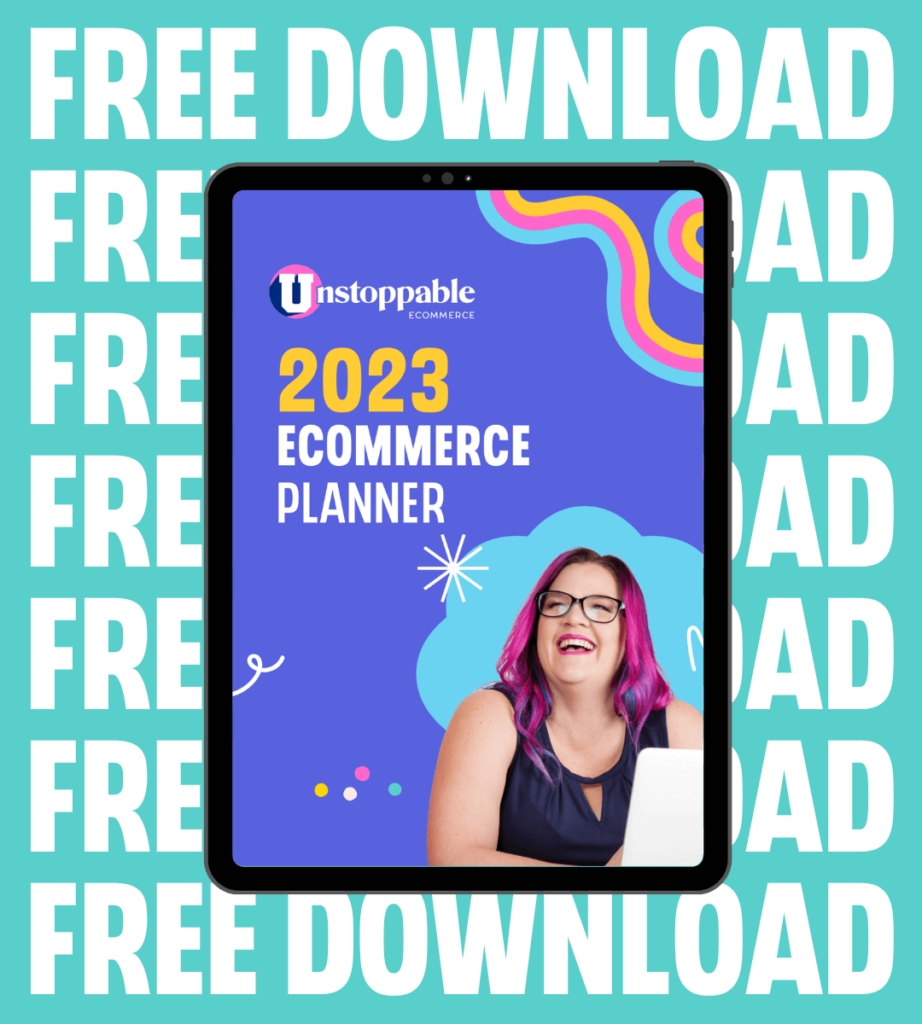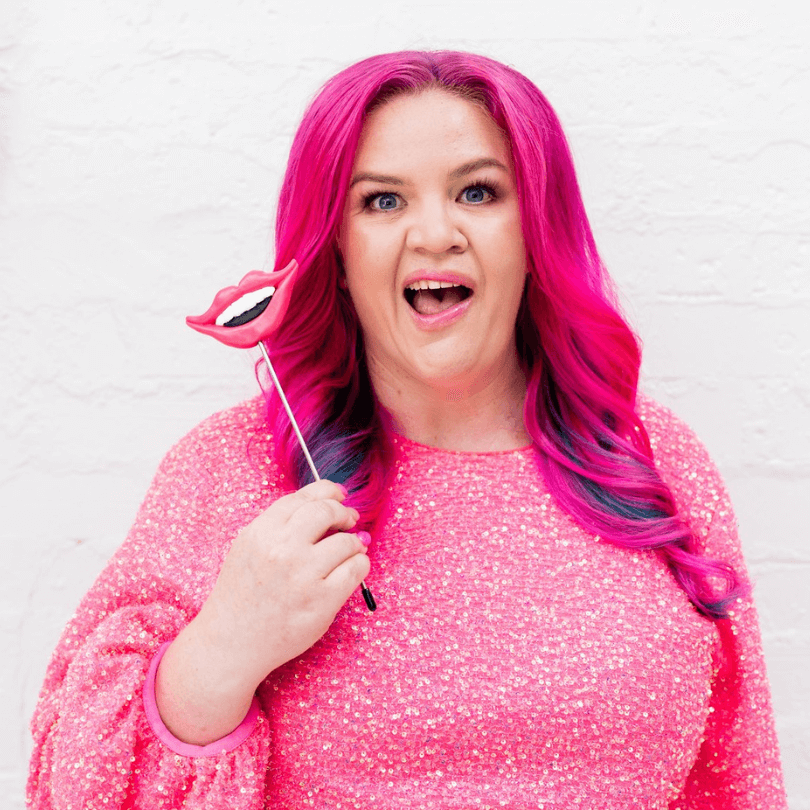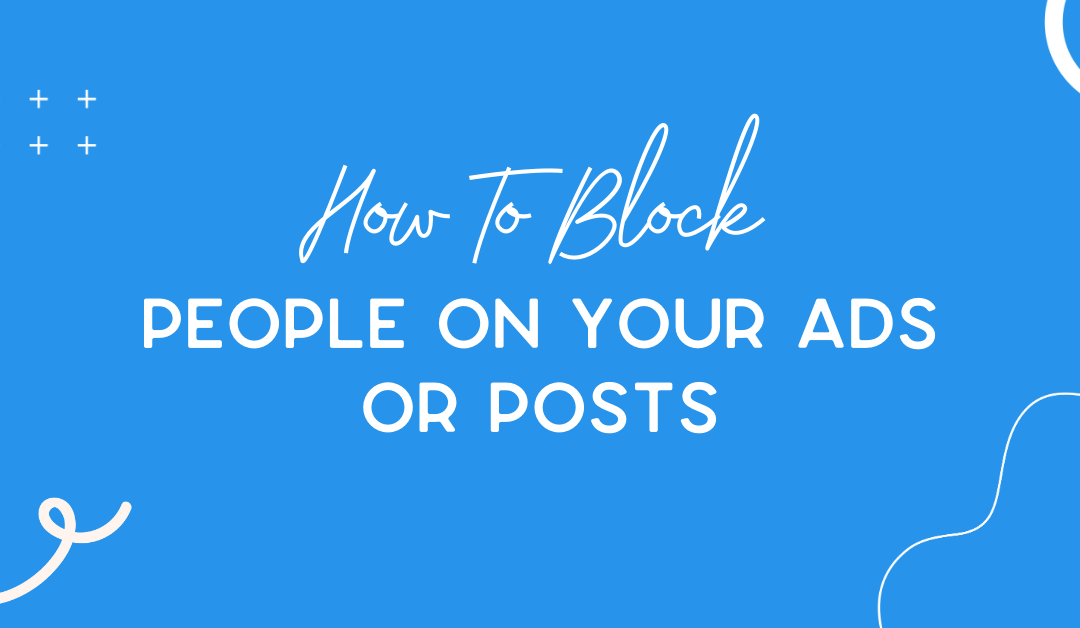
How to block people from commenting on your ads or posts
In a recent podcast we discussed trolls and how if you have an online store, you may have encountered trolls or at least some negative comments along the way. Click here to listen to us chat about what trolls actually are, why they do what they do, how we recommend that you deal with them and avoid fuelling their fire, and more.
I’ve had a few people ask us “how do I ban someone from my page?” so in today’s blog I’m going to show you!
You might not actually be being “trolled”. When the same person keeps commenting on your posts with trolly or totally irrelevant content, it could be:
- A bot
- A troll
- Someone from your competition (sadly, this happens)
- Someone who has too much time on their hands
Now, while sometimes these comments are nasty or malicious, if they aren’t from your target audience or just completely irrelevant you might not want them on your Facebook ads or posts.
So what can you do?
You can continue to hide or delete their comments however if they keep doing it it may be time to ban or block them.
“When you ban someone from your Page, they’ll still be able to share content from your Page to other places on Facebook, but they’ll no longer be able to publish to your Page, like or comment on your Page’s posts, message your Page or like your Page.” – Facebook
You can easily unban them at any time.
You need to be an admin of the page you want to block someone from.
How to ban someone from commenting on my Facebook posts and ads via page settings:
- Go to Settings of the page
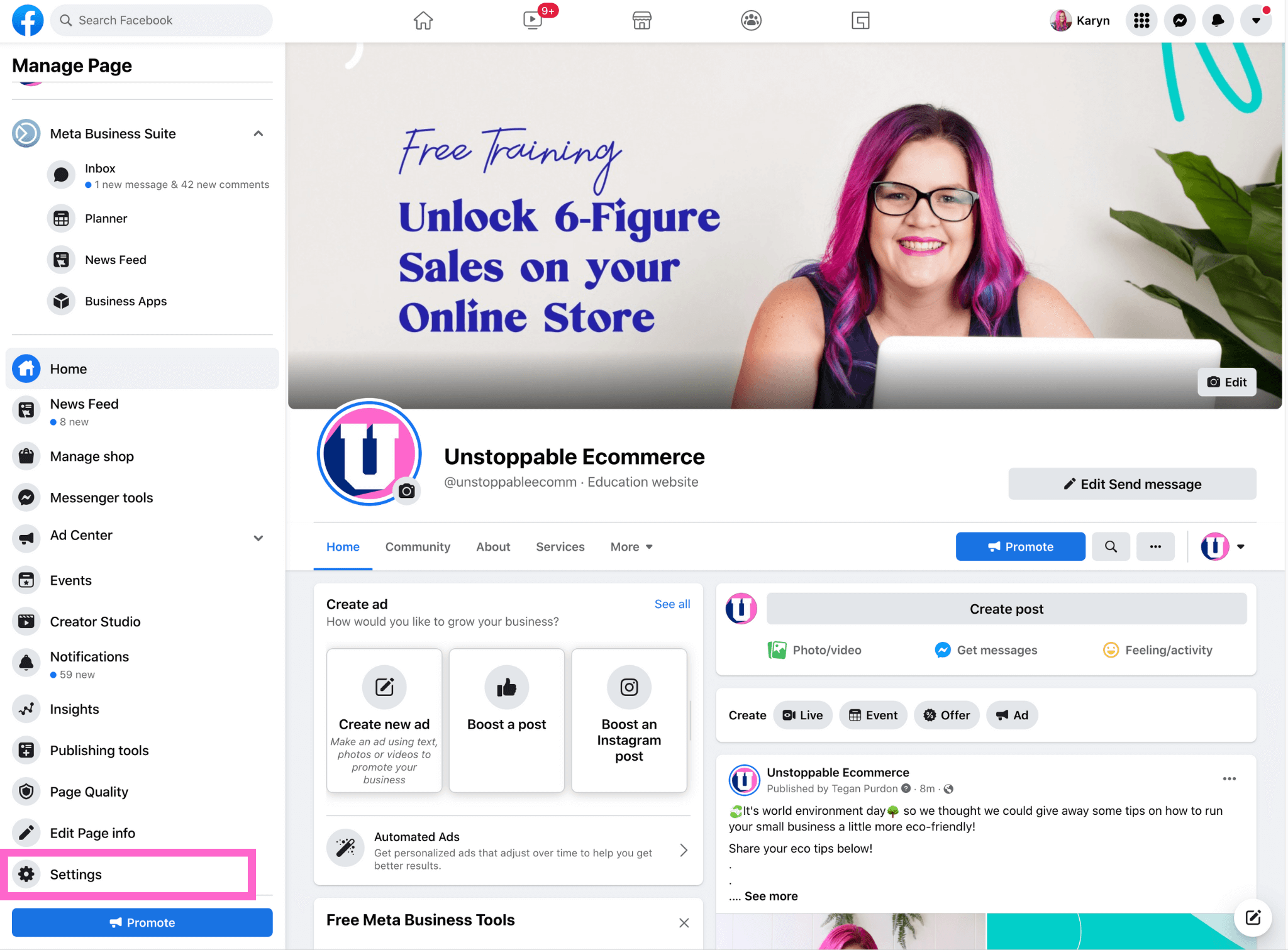
2. Go to People and Other Pages
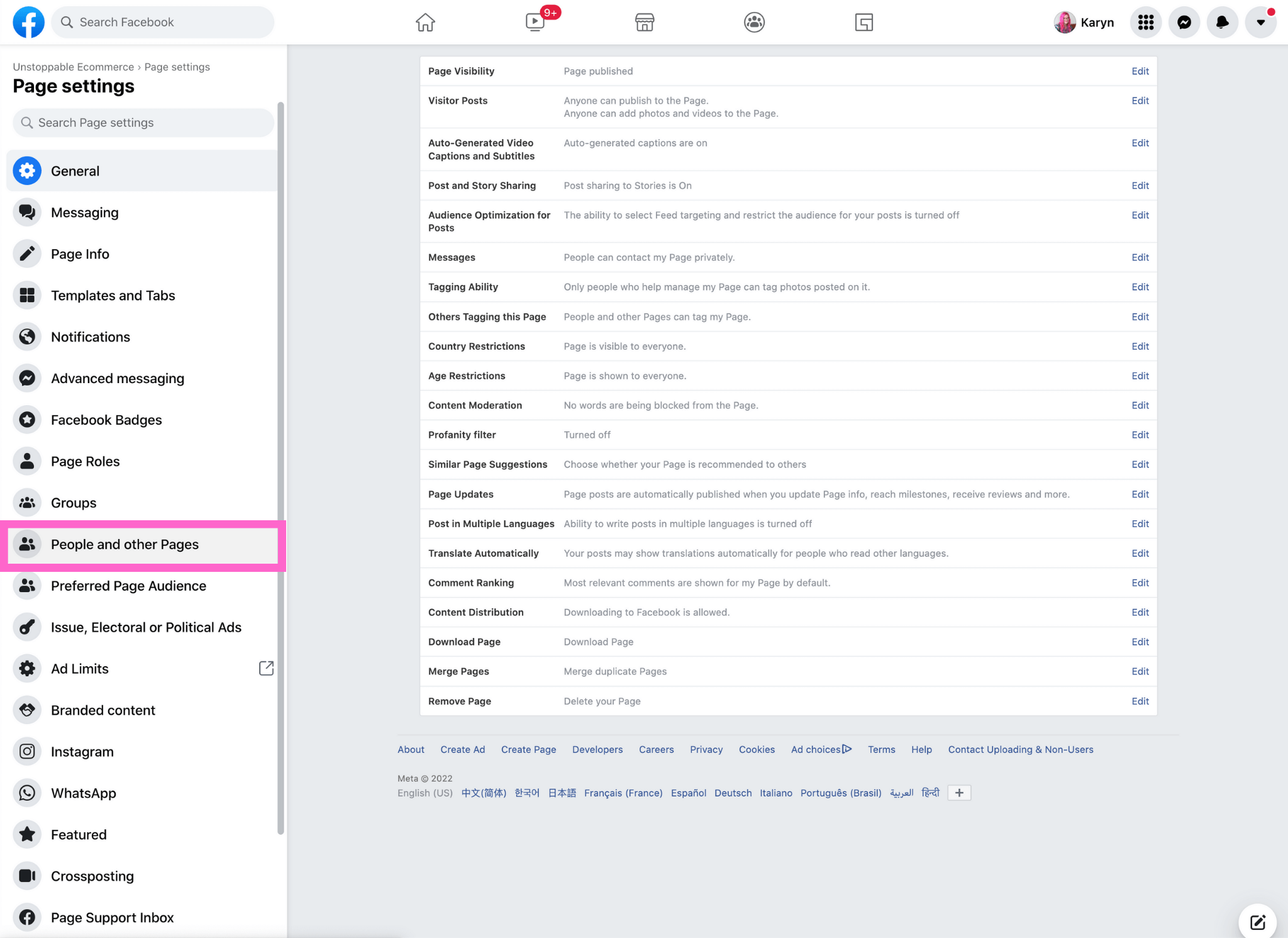
3. Select Banned People and Pages from the drop down menu
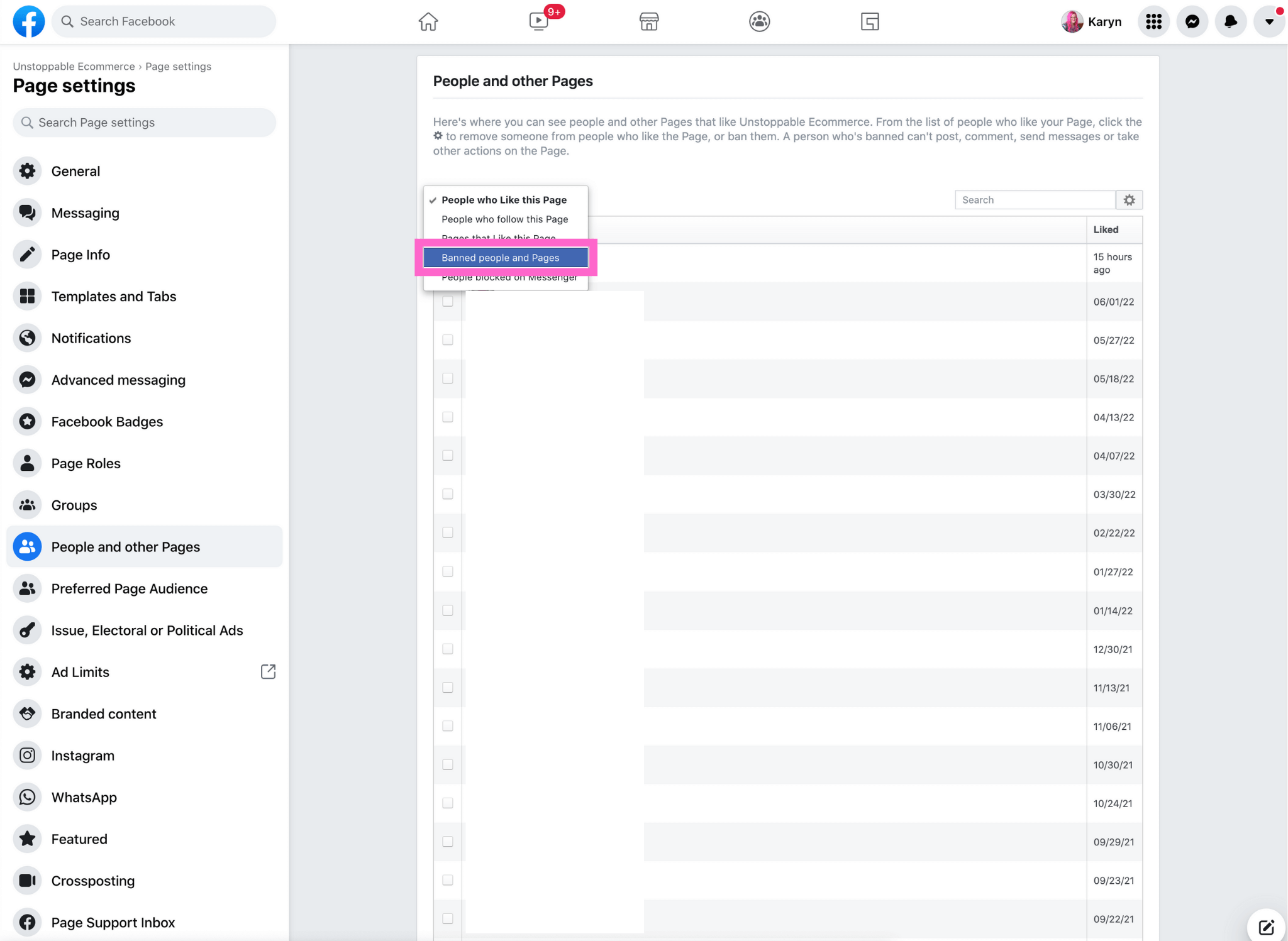
4. Select + Ban a Person
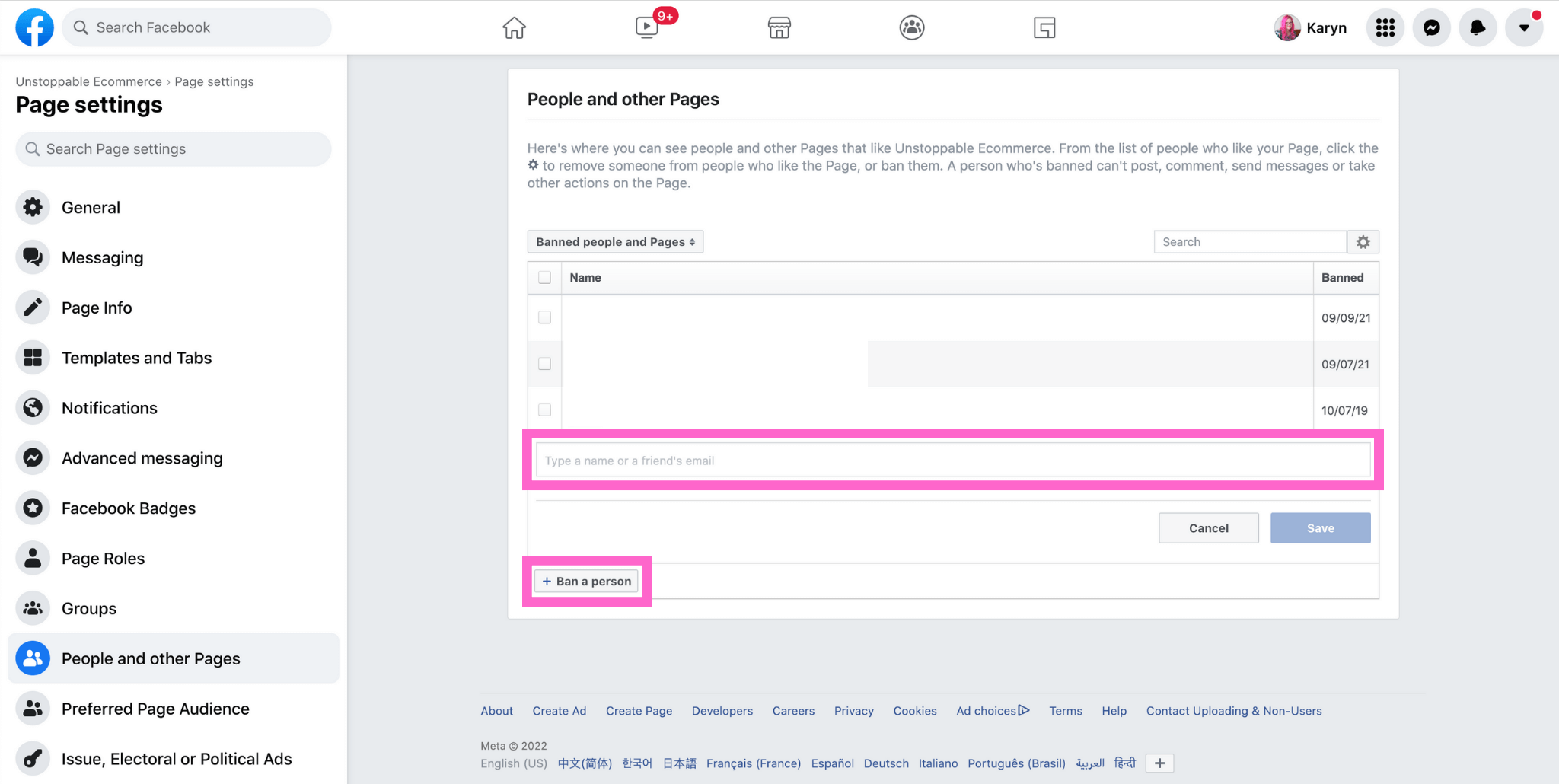
5. Type in the name of the person you want to block. Double check the profile picture matches that of the person you want to block. Once done, select Save.
Like I said, hopefully, you aren’t getting trolled. If you are, it’s really important to remember that trolls throw negative comments at you because, by definition, they’re people who deliberately provoke others online by saying inflammatory and offensive things. They live to make people upset and angry.
It’s just what they do. It’s how you choose to deal with them that matters.
Don’t fuel the fire.
Trolls love it when you engage. It’s fuel to their fire. The only way to kill the fire is by starving it of oxygen. Follow the steps above to ban their butt.
Become Unstoppable!
Of course, the best comeback is to become Unstoppable and have a thriving online store in spite of them!
If you want to learn how to sell more on your online store check out our eComm Ignitor® course.
